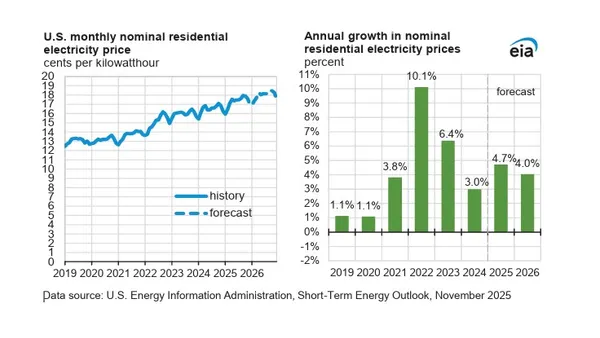Dive Brief:
- The federal government owns or leases more building space than it needs, but optimizing and right-sizing the portfolio will take many years, panelists said at the International Facility Management Association’s World Workplace 2025 conference.
- An uncertain real estate market in Washington, D.C., and other regions where the federal government has an outsized presence makes it difficult for federal agencies to offload underused or obsolete properties, said panelist Elizabeth Hart, Newmark vice president of leasing for North America.
- “The moment can’t be delayed any longer,” said Hart, calling for federal agencies to take a page from private companies’ real estate playbook and make “incremental moves” to upgrade and right-size their portfolios over the next several years.
Dive Insight:
Speaking to a standing-room audience of facilities managers and service providers, Hart and others said the federal real estate portfolio’s challenges are at an inflection point. The private sector could offer solutions, according to the panelists
“These rooms get more and more crowded…. You can see the energy around the federal portfolio,” said Lawrence Melton, head of real estate services company The Building People and a former General Services Administration executive.
Melton said the federal government owns or leases roughly 3.6 billion square feet. But GSA, the federal government’s “landlord,” controls only about 10% of that amount — highlighting the challenge that can be fairly described as a crisis, he said.
A law enacted in January requires federal agencies to track daily in-person attendance at their buildings and provide that data to Congress and the public.
It also requires GSA to consolidate, sell or otherwise dispose of space in buildings that are less than 60% occupied for two consecutive years, and for the Office of Management and Budget to submit a plan to Congress by January 2026 detailing how it will consolidate agency headquarters buildings to ensure 60% occupancy or greater across the Washington, D.C., area, which includes southern Maryland and northern Virginia.
It’s too early to see tangible benefits from a 2023 law Congress passed to address the over-capacity problem, called the Utilizing Space Efficiently and Improving Technologies Act. But a March report from the Government Accountability Office — the federal government’s watchdog — found lapses in the data practices of the federal government’s biggest real estate holders, including GSA and the Department of Defense.
“Without reliable data, it is difficult to support effective real property management and decision-making,” GAO said.
The federal government’s real estate bloat isn’t news to senior leaders and lawmakers in Washington. In 2023, GSA designated 23 properties for disposal in a move it said could reduce its footprint by 3.5 million square feet and save up to $1 billion over 10 years. A few months later, the Biden administration allocated $425 million for GSA’s right-sizing effort.
But subsequent events underscore the challenge. In March, the Trump administration published and then — following public outcry — rescinded a list of 440 buildings that it said could be sold off due to obsolescence or underuse, including the headquarters for the Federal Bureau of Investigation and the Department of Justice.
The administration later said it would relocate the FBI out of the 50-year-old J. Edgar Hoover Building, which GSA Acting Director Stephen Ehikian called “a perfect example of a government building that has accumulated years of deferred maintenance.”
Deferred maintenance is a costly problem for GSA properties and other federal real estate sub-portfolios, real estate consultant and former federal staffer Dan Mathews said at the IFMA conference.
In addition to requiring federal workers to spend more time in the office — a policy the Trump administration has pursued — agencies should think about “trading quantity for quality [to get] better results at lower cost,” Mathews said.
Much of the government’s portfolio is Class B or B-, however, and lacks amenities that many private employers consider table stakes, Hart said.
“People want a Class A or even trophy approach to assets, especially in urban areas” like Washington, said Hart, referring to amenity-rich office spaces with upscale finishes.
Hart said that preference is colliding with commercial real estate’s structural challenges in markets like Washington, where the federal government is a major employer, and the federal government’s “fiduciary responsibility to us as taxpayers” to get reasonable returns on property sales.









